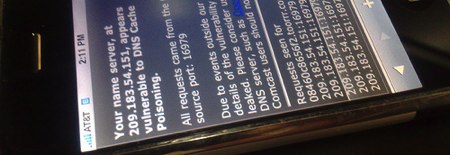In modern computer systems, the biggest bottleneck of information tends to be in communicating with the hard disks. High seek times and relatively slow transmission rates when compared to RAM speeds can add up quickly. This was a necessary evil back when RAM space and costs were at a premium, but now it is not uncommon to see 4GB of RAM on laptops, and even 12GB on desktops. For users whose primary computer use is browsing the internet (either for work, writing articles, or lolcats) and have some extra RAM, moving the browser cache to the RAM from the hard disk is a definite option for increasing speed.
In Linux systems (specifically Fedora and Ubuntu systems), this can be achieved for Chrome and Firefox by creating a larger ramdisk, mounting the ramdisk after boot, and then setting the browser of choice to use that ramdisk as a cache. The necessary commands to do this are readily available (internet archive) on the internet, which makes life easy. Using ramdisks for performance boosts are not exclusive to browsers, and can be used for other software such as Nagios for example.
We have previously covered a tool called Espérance DV for moving cache to RAM in Mac OSX, and for any Windows users feeling left out, there are ways of making Firefox bend to your will. Obviously you will see an increase in RAM use (duh), but this shouldn’t be a problem unless you are running out of free RAM on your system. Remember, free RAM is wasted RAM.
















